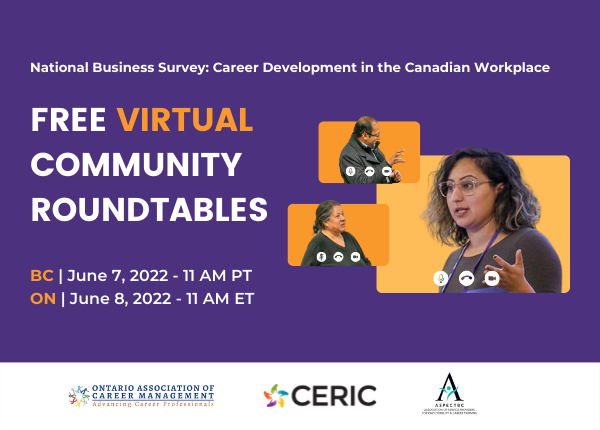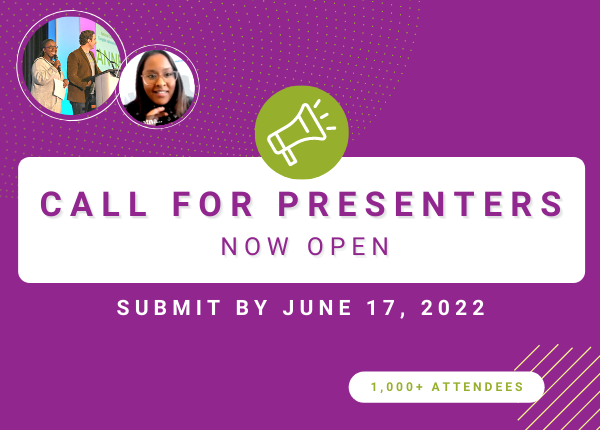Navigating a world without resumes
Some employers are pivoting to different forms of recruitment to try to mitigate bias in the hiring process
Alesia Dane and Laura Fyfe
 Students, new graduates and career development practitioners have spent the past two years navigating an evolving and increasingly virtual job search, recruitment and hiring processes. Many have noticed a trend becoming more prevalent in campus recruitment: employers are beginning to pivot from the traditional resume.
Students, new graduates and career development practitioners have spent the past two years navigating an evolving and increasingly virtual job search, recruitment and hiring processes. Many have noticed a trend becoming more prevalent in campus recruitment: employers are beginning to pivot from the traditional resume.
In its place, some are emphasizing the power of networking and the recruiter-candidate relationship, while others are moving toward online talent and skills-assessment tools to better and more equitably access, recruit and hire on-campus talent.
With this change in recruitment, career development professionals within post-secondary institutions and beyond need to shift how we support and prepare our students and new graduates. To do this, we need to understand why employers are making changes to their hiring process, what “resume-free recruitment” means for the job search process and what is filling the gap left by the traditional resume.
Why abandon the resume?
While motivation to drop the resume varies between organizations, certain outcomes are clear: removing the traditional resume in the campus recruitment process can mitigate the impact of unconscious (or implicit) bias in the recruitment process. This leads to increased diversity in hiring along with raising employee retention rates, both of which benefit a company’s financial performance, productivity, workplace culture and overall client/customer experience.
Read more
Case Study: Bridging the gap between degree and career
Helping before hiring: Rethinking employers’ post-secondary recruitment strategies
Supporting international students’ career development from a strengths-based lens
Removing the traditional resume shifts focus from alma mater and previous employers (two potential sources of recruiter bias) to more dynamic ways of assessing a candidate’s potential for a role based on competencies: the combination of a candidate’s knowledge, skills, abilities and attributes. For employers who have made the move to abandon the resume, the business case is clear: greater diversity in hiring leads to better candidates, increased productivity, increased revenue and happier business clients.
Case study: on-campus recruitment with Scotiabank
Scotiabank is one employer making a shift to resume-free recruitment. The Canadian bank recently removed the emphasis on resumes from its on-campus recruitment process to widen its candidate pool and remove barriers to employment. The company’s new recruitment strategy focuses on skills, potential, and attracting and developing talent from a broader base.
Removing the resume has allowed Scotiabank to focus on candidate potential rather than previous experience. Scotiabank partnered with Plum, a Waterloo, ON-based talent assessment platform, to assess candidate skills and talents via a 25-minute discovery survey. The survey helps recruiters to “screen in” applicants to roles within the organization in which they will thrive, then map out a candidate’s potential future development. Skills-focused platforms like Plum prompt applicants to consider their potential for a role beyond the confines of a traditional resume, and to focus instead on other aspects of the recruitment process.

Removing the resume shifts the focus of recruitment for both recruiters and applicants to more active and dynamic participation in the recruitment process. The change in hiring encourages jobseekers to reflect on their suitability for a role through competency reflection, industry research and proactive networking.
This engagement, particularly in on-campus recruitment, gives both applicants and recruiters a better chance to “get to know” one another. Even with the shift online, recruiters have adapted their touchpoints with students to include more virtual platforms, removing barriers around travel and increasing student access to networking, events, job fairs and one-on-one meetings.
Removing the resume decreases emphasis on demographic information, education, work and volunteer experience, qualifications that often pose challenges for internationally trained professionals and students in equity-deserving groups.
What about the students?
What does a world without resumes look like for students? Resume-free recruitment prioritizes a student’s understanding of how their volunteer experience, work, education and life experience have nurtured and cultivated their career-ready competencies and skills.
Rather than relying upon a static document, students will need to understand and be comfortable articulating the value they offer to the organization through networking and engaging with organizations and recruiters. Shifting the focus from accomplishments and qualifications to relationship building and a more “whole human approach” to employability creates opportunities for candidates who may have been previously overlooked in traditional recruitment methods.
With shifts in recruitment must come shifts in how we support our students and recent graduates. We have included some practical tips and best practices for career development practitioners helping to prepare their students for resume-free recruitment.
- Networking: Recruitment is relationship-based, so encourage students to attend events on and off campus. Touchpoints with the campus recruitment team are important for students to learn more about an organization. Also encourage students to regularly update their LinkedIn profiles and to use the platform for networking.
- Research: Help students understand an organization before applying. Encourage company, industry and labour market research, and proactively connecting with recruiters for more information.
- Reflection: Work with students on application documents and interview preparation. Encourage students to reflect upon skills developed through experience to help make connections to their potential within an organization. Encourage students to become familiar and comfortable with online assessments such as Career Cruising, TypeFocus, Color Code and Talent Today.
- Assessment: If an assessment is part of the recruitment process, encourage students to:
- Set aside dedicated time to take the assessment
- Find a space free of distractions
- Answer assessment questions honestly; don’t try to guess or anticipate what the algorithm is looking for
While resume-free recruitment creates a more dynamic, equitable recruitment process for both jobseekers and employers, it is worth noting that the shift is occurring mostly among larger employers and is focused primarily on campus recruitment. As businesses adapt their hiring practices, it is essential for students and career development professionals to continue to be flexible to industry change. While some are abandoning the resume altogether, the majority of small-to-medium-sized businesses still rely heavily on the document and its fundamental place in career conversations is secure, for now. Creating a resume-style document remains an excellent place for students to practice skills translation and articulation and to reflect on the experiences that form their career journey.
As Manager, Talent Partnerships & Relations, Co-op, Career & Experiential Education at Brock University, Alesia Dane leads a highly skilled team to develop and grow relationships with employers. Dane’s passion includes connecting organizations to campus talent in innovative and meaningful ways.
Laura Fyfe is a career professional with a background in labour market research. As Skills Translation Co-ordinator in the department of Co-op, Career & Experiential Education at Brock University, Fyfe facilitates meaningful connections between skills, education, and the ever-evolving labour market. Fyfe has been at the forefront of developing and integrating Brock’s campus-wide career competencies framework.



 Veronica is a Grade 11 student in the Louis Riel School Division in Winnipeg. Intelligent, friendly, engaged. She has a supportive family and group of friends.
Veronica is a Grade 11 student in the Louis Riel School Division in Winnipeg. Intelligent, friendly, engaged. She has a supportive family and group of friends.
 At a recent team retreat, our HR Manager guided us through a values reminder exercise. We were given a few resources prior to the event to help identify five to eight of our core values. We were then given the opportunity to discuss an artifact representing our values with our peers.
At a recent team retreat, our HR Manager guided us through a values reminder exercise. We were given a few resources prior to the event to help identify five to eight of our core values. We were then given the opportunity to discuss an artifact representing our values with our peers.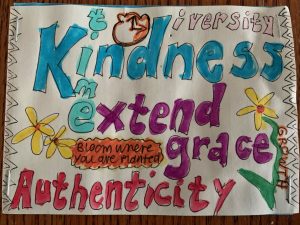
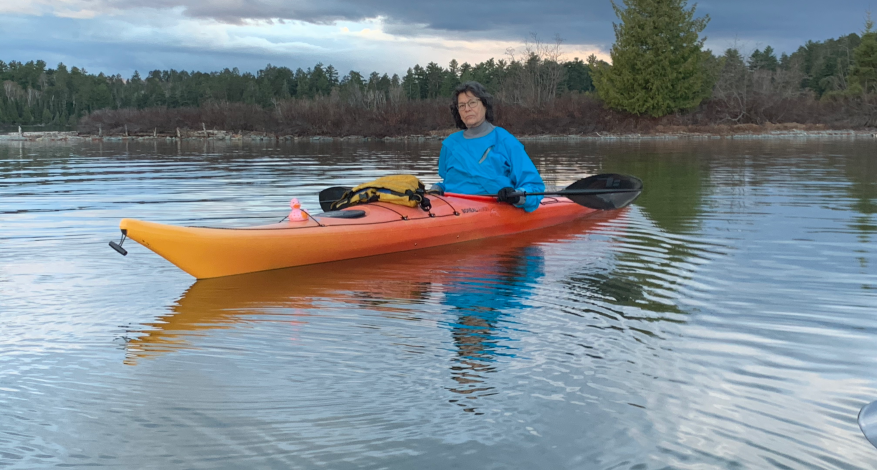

 Years ago, a counsellor who worked extensively with marginalized and racialized populations lamented to me that interview preparation was simply an exercise in teaching his clients to “act white.” It served as a moment of consciousness-raising that has stuck with me. I began to wonder if my interview and resume support helps some in a crowded theatre stand up, and in doing so, blocks others and perpetuates inequality.
Years ago, a counsellor who worked extensively with marginalized and racialized populations lamented to me that interview preparation was simply an exercise in teaching his clients to “act white.” It served as a moment of consciousness-raising that has stuck with me. I began to wonder if my interview and resume support helps some in a crowded theatre stand up, and in doing so, blocks others and perpetuates inequality.
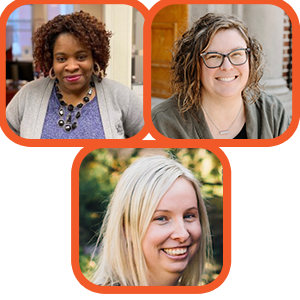 The limited Canadian literature on international students and career development tends to focus on deficit factors. These deficit factors might include cultural barriers (e.g.
The limited Canadian literature on international students and career development tends to focus on deficit factors. These deficit factors might include cultural barriers (e.g. 
 Okay, I’ll admit it. I’m tired of reading the words “The Great Resignation.”
Okay, I’ll admit it. I’m tired of reading the words “The Great Resignation.”